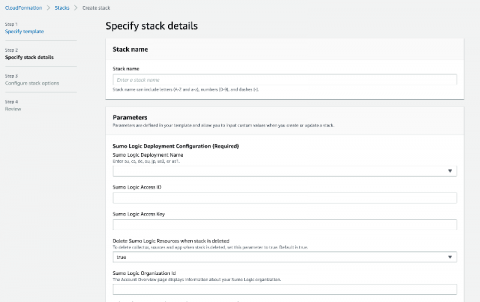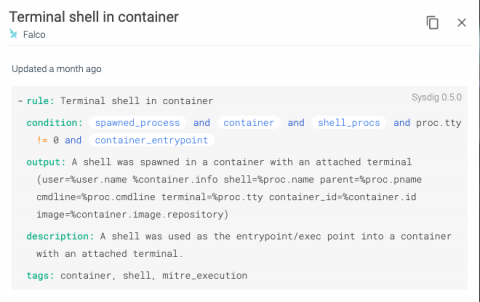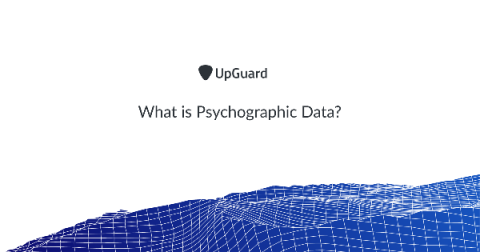17 Ransomware Examples
Ransomware, a type of malicious software or malware, is designed to deny access to computer systems or sensitive data until ransom is paid. While ransomware has been around for decades, ransomware attacks are becoming more sophisticated, spreading through phishing emails, spear phishing, email attachments, vulnerability exploits, computer worms and other attack vectors.









